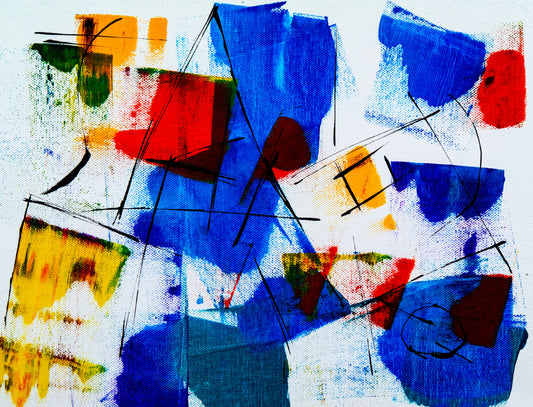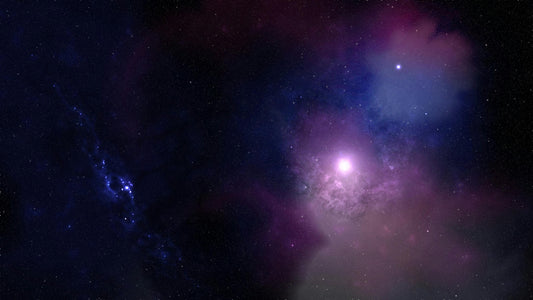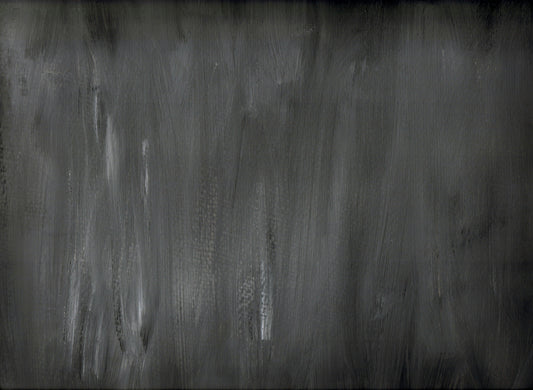
The Eternal Dance of Shadows and Light
Art is a whisper, a scream, a sigh caught in the space between dark and light. High contrast painting, with its bold interplay of shadows and highlights, is more than mere technique—it is an emotion, a pulse, a heartbeat on canvas.
The Power of Stark Juxtapositions
In the depths of darkness, light finds its voice. It is in contrast that beauty sharpens, where sorrow and joy, fear and hope, stand side by side, breathing life into the stillness.
What is High Contrast Art?
High contrast art is the bold declaration of extremes—where luminous highlights and consuming blacks carve depth, mood, and raw emotion into the fabric of a painting. This is where colours scream or whisper, where the stark edges of reality meet the dreamlike haze of abstraction.
Masters of the Shadow’s Kiss
Caravaggio bathed his subjects in ethereal light, Goya wove fear into the deepest blacks, and in the modern world, contrast artists continue to wield light like a sword, cutting through the mundane.
Techniques That Stir the Soul
A single stroke, drenched in black, set against a canvas of ivory—this is the language of tension, of clarity. Artists use chiaroscuro, silhouette, and negative space to weave their magic, each stroke a whisper, a scream, a prayer.
Emotion Painted in Bold Strokes
Darkness is mystery, light is revelation. When thrown together, they dance, creating tension and release, a breath held and exhaled.
The Future of Contrast
In digital realms, new artists bend light in ways unfathomed, yet the soul remains the same—an eternal yearning to express, to feel, to be seen.
Conclusion: Where Darkness Meets Light
A high contrast painting is more than an image; it is a feeling, a voice calling from the void. In the end, all art is contrast—the struggle between chaos and order, silence and sound, shadow and light.
FAQs
1. Why is high contrast art so emotionally powerful?
The stark contrast between dark and light intensifies emotions, creating a sense of drama and urgency.
2. What are the best colours for high contrast art?
Black and white are classic, but strong complementary colours like red and green or blue and orange can be equally striking.
3. How can I start painting high contrast art?
Begin with a strong light source and sketch out clear areas of dark and light. Experiment with bold strokes and minimal blending.
4. What mediums work best for high contrast painting?
Ink, charcoal, oil, and acrylic all work well, depending on the desired texture and intensity.
5. Does high contrast art have a deeper meaning?
Often, it represents duality—light and dark, good and evil, hope and despair—allowing each viewer to find personal meaning.
Explore unique artistic expressions through these high-contrast designs:




